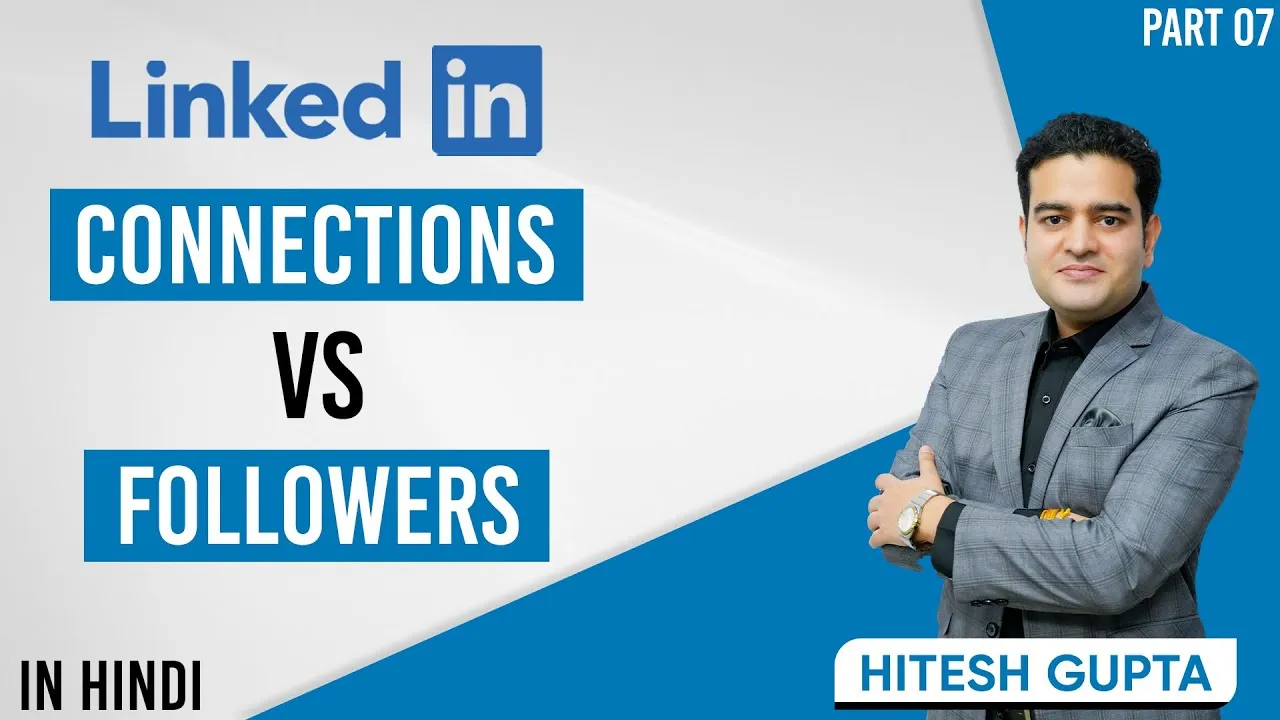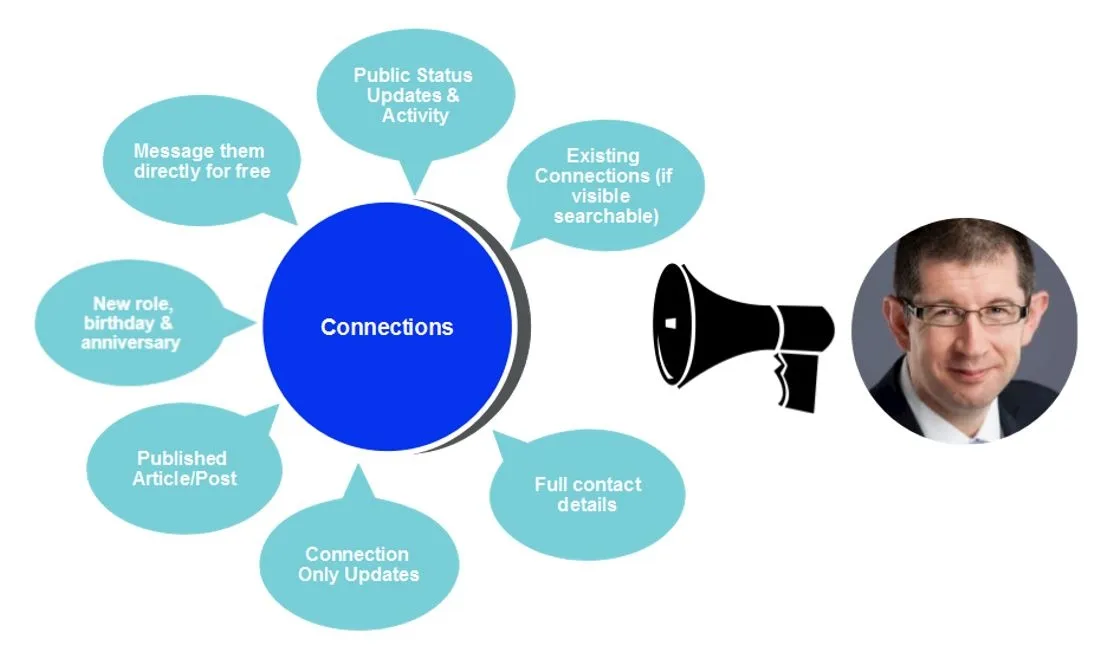LinkedIn has transformed the way professionals connect, collaborate, and share insights. While many users may think that following and connecting are the same, they actually serve different purposes and functionalities on the platform. Understanding these distinctions can enhance your LinkedIn experience, help you build your professional network more effectively, and engage with relevant content. Let’s dive into what it means to follow someone on
What Does It Mean to Follow Someone on LinkedIn?

Following someone on LinkedIn is a straightforward way to stay updated with their professional activities without needing to establish a direct connection. Here’s what you need to know:
- Content Visibility: When you follow someone, their posts, articles, and updates appear in your feed. This is a fantastic way to keep up with industry leaders, influencers, or colleagues whose insights you find valuable.
- No Connection Required: You don’t need to be connected to someone to follow them. This means you can follow thought leaders or experts in your field, even if they’re not part of your immediate network.
- One-Way Relationship: Following is a one-way interaction. The person you follow doesn’t see your updates or content unless they also follow you back. This makes it less personal compared to connecting.
- Enhanced Learning: Following people relevant to your industry can help you learn about emerging trends, best practices, and new ideas, enriching your professional knowledge.
In summary, following someone on LinkedIn helps you curate a feed rich in insights and updates, allowing you to engage with the content that matters most to you without the formalities of a connection.
Also Read This: How to Find People Followed on Behance
What Does It Mean to Connect with Someone on LinkedIn?

Connecting with someone on LinkedIn is more than just a digital handshake; it’s about building a professional relationship. When you connect with a person, you’re essentially saying, “I want to know more about you and your work.” This connection allows both parties to engage more deeply than just following.
Here's what it typically involves:
- Mutual Access: Once you connect, both you and the other person can see each other's posts, comments, and activity.
- Direct Messaging: Connecting opens the door for private conversations via LinkedIn’s messaging feature. This is great for networking or discussing opportunities.
- Building a Professional Network: Each connection expands your network, potentially giving you access to more job opportunities, collaborations, or industry insights.
- Endorsements and Recommendations: Connections can endorse your skills and write recommendations, enhancing your profile’s credibility.
To sum it up, connecting on LinkedIn is about forging a two-way street of professional interaction. It’s a way to expand your network and deepen relationships, making it a vital part of using the platform effectively.
Also Read This: How to Convert Behance to a Website
Key Differences Between Following and Connecting
While following and connecting may seem similar, they serve different purposes and create distinct types of relationships. Let's break down the key differences:
| Aspect | Following | Connecting |
|---|---|---|
| Relationship Type | One-way | Two-way |
| Access to Content | View posts and updates | View posts, updates, and comments |
| Messaging | No | Yes, direct messaging allowed |
| Network Growth | No | Increases your professional network |
In essence, following is a more passive action, perfect for staying updated on someone’s activities without a commitment, while connecting fosters an active, engaged professional relationship. Understanding these nuances can help you better navigate LinkedIn for your career goals!
Also Read This: How to Use Stable Diffusion Online for Image Uploads
When to Follow vs. When to Connect
Understanding when to follow someone versus when to connect on LinkedIn can greatly enhance your networking strategy. Let’s break this down!
Following is a more passive engagement. It’s perfect when you want to keep an eye on someone's updates without initiating a personal relationship. Consider following when:
- Industry Leaders: If you admire their work and want to learn from their insights, following allows you to see their posts and articles.
- Companies: You can follow organizations to stay updated on their news, job postings, and industry trends.
- Influencers: When you want to absorb knowledge from thought leaders without directly engaging with them.
On the other hand, connecting is more about building a personal relationship. It’s advisable to connect when:
- You’ve Met in Person: If you had a meaningful conversation at a conference or event, send a connection request to keep the dialogue going.
- Shared Interests: If you notice common connections or interests, a connection might lead to valuable collaborations.
- Job Seekers: If you’re looking for advice or opportunities, connecting can be advantageous to tap into their network.
In summary, if you’re looking for information and insights, follow. If you seek to build a relationship, connect!
Conclusion
In the world of LinkedIn, understanding the nuances of following versus connecting can be a game changer for your professional networking. Both actions serve unique purposes and can leverage your online presence in different ways.
When you follow someone, you’re essentially saying, “I want to learn from you.” It’s a low-commitment way to stay informed about industry trends and insights without needing to establish a personal rapport. This is particularly beneficial for gaining knowledge from leaders or companies that inspire you.
Conversely, connecting is like extending a handshake in the digital realm. It opens the door to more meaningful conversations and potential collaborations. By connecting with individuals you respect or wish to work with, you’re expressing a desire to engage on a deeper level.
Ultimately, the choice between following and connecting depends on your goals. Are you looking to learn, or are you ready to build relationships? By being intentional about your approach, you can effectively navigate LinkedIn and maximize your networking opportunities!